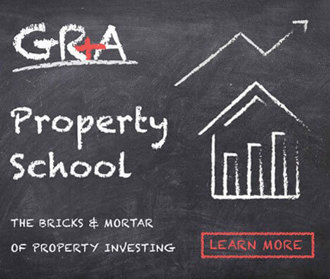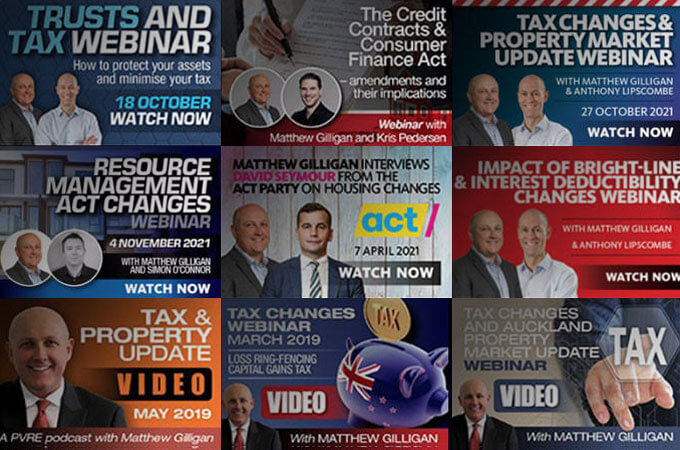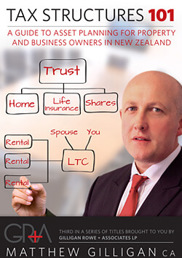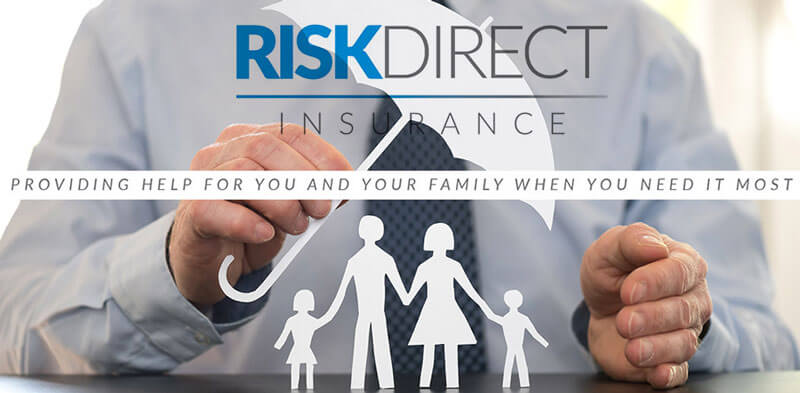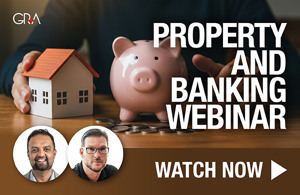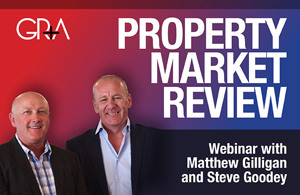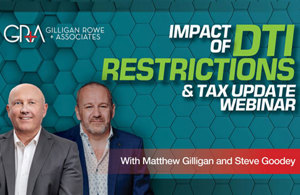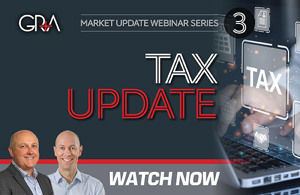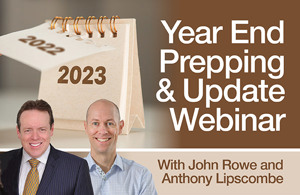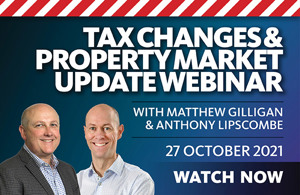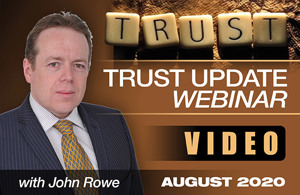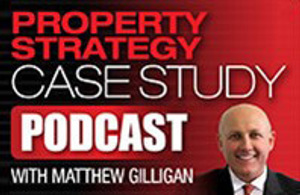
In my day to day interaction with clients I meet a lot of small business owners whose businesses are in their embryonic stage. They are busy practising their particular expertise and, as such, most budding entrepreneurs do not willingly spend time thinking about the administration of the business.
I understand that, as they want to make a dollar before they worry about these things. The problem is that administration is a flow-on function. If you don't get the first month right, then there will be more to do the next month and the problem will grow.
Here are my tips
2. Have GRA set up the tax structure (generally a trust or a company) for you, including LTC, GST, PAYE registration (if applicable).
3. Once your structure is set up, open two separate bank accounts for the business:
ii. The second account will be for putting aside GST (if applicable) and your tax obligations. The only access you will have to this will be via internet banking. You will need to put a portion of your net income into this each time you get paid, or at least fortnightly or monthly. The percentage you put aside will differ between businesses, so please ask for advice from your GRA Client Service Manager (CSM).
4. Do not use the business accounts as your personal bank accounts, but transfer funds from your business account to your private account on a regular basis. You should get advice on this, once again from your CSM, as you can take drawings or pay yourself a salary (with PAYE deducted). The way you pay yourself will have major ramifications when it comes to the tax obligations for both you and the company.
5. Get an accounting package like Xero (we can supply this). A cashbook version of Xero costs $300 + GST per year. Please refer to my previous blog “How Start-up Businesses can Avoid Accounting Pitfalls”
6. You may want to use your motor vehicle for business purposes. Again, seek advice from your CSM. An overview is listed below.
Note, the rules and the per kilometre rate change regularly and the rates below were accurate at the date of this blog (May 2016). For up-to-date rates, visit the IRD website.
ii. Travelling over the maximum 5,000 km, you have to keep a record of actual vehicle expenses. Calculating the business use versus private use is the key to this deduction and the recommended method is to use a logbook. With a three-month logbook record you should be able to work out the average business use of your vehicle. By recording the odometer before and after the period, you can work out the percentage of vehicle expenses to claim as deductions. You can then use this breakdown for up to three years with a variance of less than 20%.
iii. The default method (if you don’t want to use a logbook) is to claim up to 25% of vehicle running costs as a business expense. You will still need to keep records and you may be required to provide documents for the claimed amount.
iv. When a company owns a car, it claims all the expenses without making a private use adjustment. However, the company must pay fringe benefit tax if the vehicle is available for employees' or shareholder-employees' private use. The company will also have to calculate GST on the fringe benefit
7. Last but not least, the most important administrative activity is to develop regular accounting procedures by separating your tasks by expected frequency: weekly, monthly, two-monthly, tri-yearly, six-monthly or yearly. General accounting chores will fall into each category, and tax-related tasks typically come up no more than monthly.
a. Sort your mail into action piles (such as bills to pay and orders to fill - if applicable)
b. Pay any invoices that are due or for which you can get an early payment discount
c. Record any withdrawal and deposit transactions in the electronic cashbook
d. File records in a suitable filing system
e. Reconcile bank statements to electronic cash book
ii. Two Monthly, Tri Yearly or Six Monthly Tasks – these tasks are GST, PAYE or income tax related. Once the weekly and monthly tasks are adhered to, the rest will follow in an orderly fashion.
Summary
You can't be everything in a new business. In order to succeed you need to ask for help from professionals who understand the different aspects, in particular accounting advice on how to get your processes right from the very beginning.
Comments
Testimonials
What I enjoyed the most about Development School was the case studies, range of speakers, Auckland focus, access to slides/videos, and that the information presented can prevent costly mistakes.
- S Wilson, July 2022
Gilligan Rowe and Associates is a chartered accounting firm specialising in property, asset planning, legal structures, taxation and compliance.
We help new, small and medium property investors become long-term successful investors through our education programmes and property portfolio planning advice. With our deep knowledge and experience, we have assisted hundreds of clients build wealth through property investment.
Learn More



